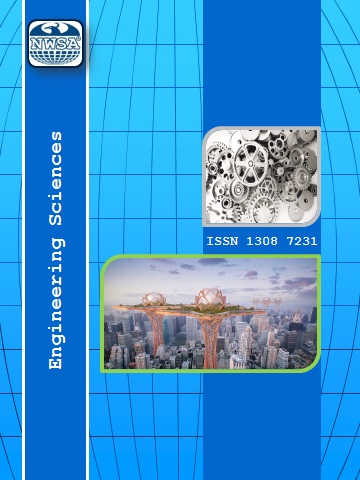SYNTHESIS OF Ti3SiC2 MAX PHASE FROM ELEMENTAL POWDERS
Ahmet ATASOY1
,
EMRE SAKA2
,
ABDULLAH KOŞAR3
In MAX phase material family, Ti-Si-C system and especially 312 Ti3SiC2 phase is the most attracted and investigated structure. It can be produced from different methods. As expected, each method differs processing methods, experimental conditions and parameters depending on the starting composition. In this article, the processing of high purity Ti3SiC2 phase was studied using Ti, Si and C powders. The powders were mixed in stoichiometric ratio to obtain pure Ti3SiC2 phase. Both of the initial and the obtained product samples were characterised using SEM, XRD, XRF, TG/DTA methods. The results showed that, the silicon content was important and carbon plays critical role. X-ray diffraction analysis showed that the 312 TiSiC phases was formed after the sintering at temperature of 1350 °C for 2 h. If excess carbon is present in the system, the formed MAX phase was converted into binary carbide phases.
Keywords
MAX Phase,
Ceramic Systems,
Machinable Ceramics,
Ti3SiC2,
SEM,
 +90(535) 849 84 68
+90(535) 849 84 68 nwsa.akademi@hotmail.com
nwsa.akademi@hotmail.com Fırat Akademi Samsun-Türkiye
Fırat Akademi Samsun-Türkiye
